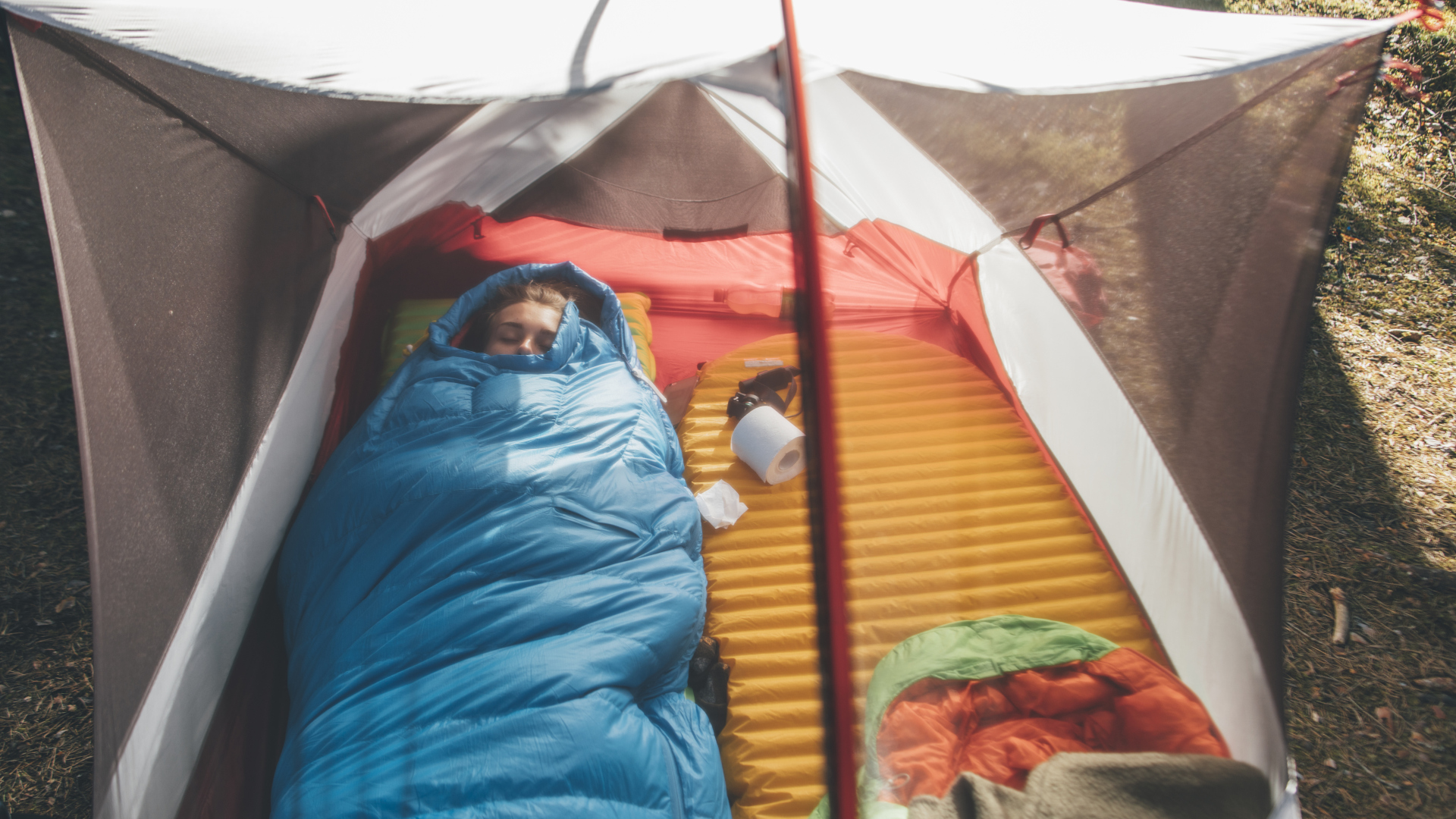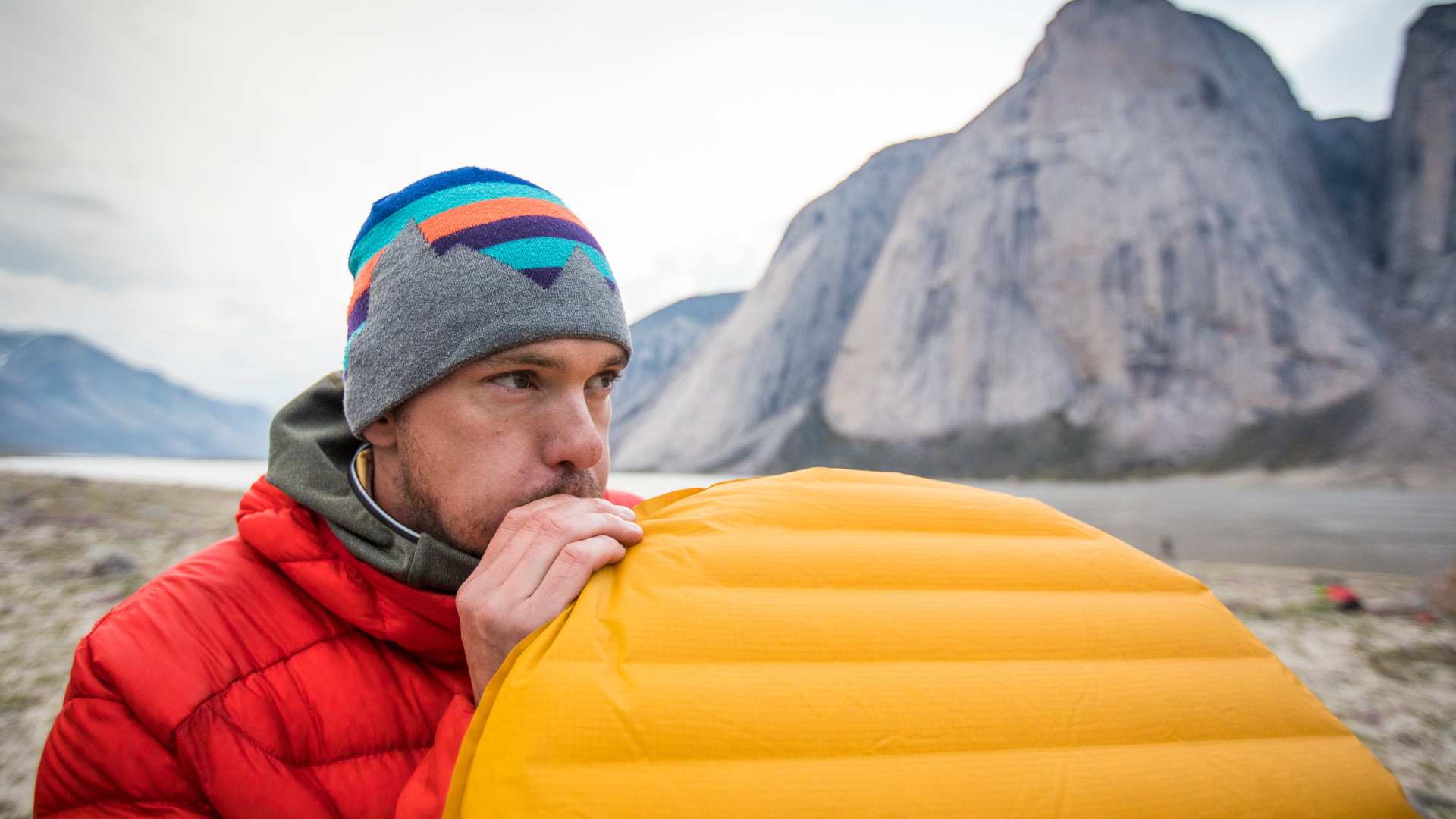How to clean a sleeping pad – and prevent mildew buildup
Our guide to how to clean a sleeping pad covers how to remove grime, and prevent the buildup of mold and mildew

Outdoor living requires a certain degree of acceptance when it comes to grime and grubbiness, but you still want to keep your best camping gear in good shape, and that’s never more true than when it comes to your camping sleep system.
Just as you love sliding into a bed made up with clean sheets at home, you want your best sleeping pad and sleeping bag to be clean and as odor-free as possible. But when you've been out adventuring in the woods all day, and hanging out by the campfire at night, that's easier said than done. That’s why it’s a good idea to know how to wash a sleeping bag and how to clean a sleeping pad, so that when you get back from your country capers, you can spruce up your gear for your next camping trip. In this article, we describe how to clean a sleeping pad, plus tips to avoid mold and mildew building up inside your inflatable pad.

How to clean a sleeping pad
Though in theory, your sleeping pad should remain either inside its stuff sack or inside your tent, it’s amazing how far-reaching mud from your hiking boots can be. If your sleeping pad has come back from your latest backpacking trip with muddy streaks all over it, or it’s just starting to show the years of general grime build up, make sure to clean it when you get home so it’s clean for your next adventure.
Cleaning your sleeping pad is easy, but there are a few details that will help you avoid getting moisture on the inside of it, which can lead to mold and mildew buildup and lead to a set of new problems:
- Never machine wash your inflatable sleeping pad as this will damage it.
- Inflate your pad before cleaning, and close the valves.
- Mix a dash of mild dish soap in lukewarm water and use cloth to wipe down your pad.
- Wipe the pad again using only water to remove any soapy residue.
- Open the valves to deflate your pad, then hang it up to air dry.
- When your sleeping pad is completely dry, store it somewhere cool and dry with the valves open.

How to prevent mold and mildew buildup
In addition to dirt and dust, there’s are some less visible forms of contamination that can degrade your sleeping pad over time and make it smell less than fresh, and those are mold and mildew, which can build up both outside and inside your pad as the result of moisture.
Moisture can come from camping in humid weather and storing your sleeping pad in damp places as well as from the moisture that builds up inside your tent as the result of your breath, and even when you blow up your inflatable pad. Though a little moisture is inevitable when you’re sleeping outdoors, there are a few simple gear-care strategies you can implement to help prevent mold and mildew from building up.
- Use a pump – if you’re car camping and not backpacking, you could use a pump to inflate your pad instead of doing it by mouth to reduce moisture.
- Don’t submerge the valves – when you’re cleaning or repairing your sleeping pad, make sure not to submerge the valves in water if you can avoid it, even when they’re closed.
- Keep it inflated while it's drying.
- Hang it out in the sun – when your pad is drying, hanging it out in the sunlight for a couple of hours can help to remove mold and mildew, but don’t leave it out for too long as the UV rays can damage the fabric.
- Deflate/inflate – once your pad is dry, you can deflate it and leave it hanging indoors overnight, then inflate it again the next day and deflate it again for another night. You can repeat this cycle several times.
- Don’t roll it up – between uses, hang your sleeping pad up with the valves open.
- Best sleeping bags: cozy bags and blankets for all seasons and budgets
All the latest inspiration, tips and guides to help you plan your next Advnture!
Julia Clarke is a staff writer for Advnture.com and the author of the book Restorative Yoga for Beginners. She loves to explore mountains on foot, bike, skis and belay and then recover on the the yoga mat. Julia graduated with a degree in journalism in 2004 and spent eight years working as a radio presenter in Kansas City, Vermont, Boston and New York City before discovering the joys of the Rocky Mountains. She then detoured west to Colorado and enjoyed 11 years teaching yoga in Vail before returning to her hometown of Glasgow, Scotland in 2020 to focus on family and writing.

